
Optimizing electrical distribution for large-scale events: strategies and solutions
Optimizing electrical distribution for large-scale events: strategies and solutions
Organizing a large-scale event requires careful power management to ensure a reliable and safe power supply. Festivals, trade shows, and sporting competitions demand a high-performance temporary electrical network capable of meeting substantial power consumption needs.
The electrical distribution must be adapted to the specific features of the site and to the regulatory requirements set by operators such as Enedis or RTE. In a rapidly evolving power market, marked by rising power costs and the impact of the TURPE, optimizing installations has become a strategic priority. From local power generation to connection with existing networks and intelligent power transport management, each solution aims to ensure reliability, cost control, and power performance. This guide outlines current trends and best practices for successfully powering large-scale events.
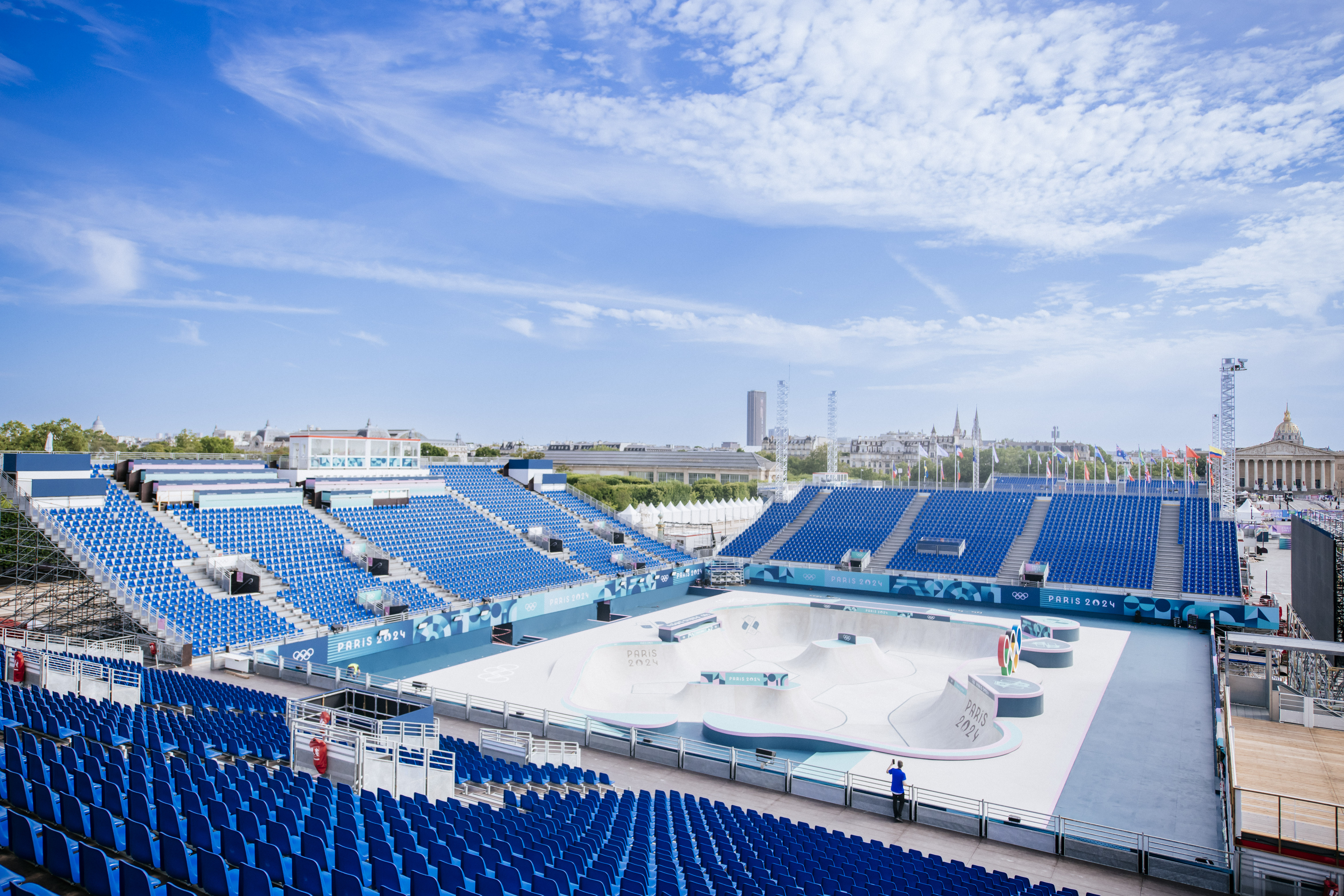
Understanding the challenges of electrical distribution for large-scale events
Electrical distribution at an event must meet complex and fluctuating demands. The network must support significant electrical loads, often concentrated over short periods, without the risk of power outages. Organizers need to anticipate the constraints imposed by Enedis and RTE, and factor in network access costs, particularly through the TURPE. In a context of increasing pressure on power infrastructures, optimizing power generation, transport, and supply becomes essential to control budgets and ensure quality of service. Changes in the power market, the rise of mixed power sources (electricity and gas), and growing environmental expectations require a rethinking of traditional models to achieve efficient and sustainable power distribution.
Identifying specific power needs
Before setting up a temporary electrical network, it is essential to accurately identify the event’s power requirements. This step allows for assessing the necessary power production capacity and adapting the distribution to ensure optimal supply without unnecessary costs. Each area of the event (main stage, exhibitor spaces, catering, audiovisual installations, and technical infrastructure) has different electrical demands. It is therefore crucial to analyze estimated consumption, anticipate demand peaks, and include safety margins to prevent outages due to network overload.
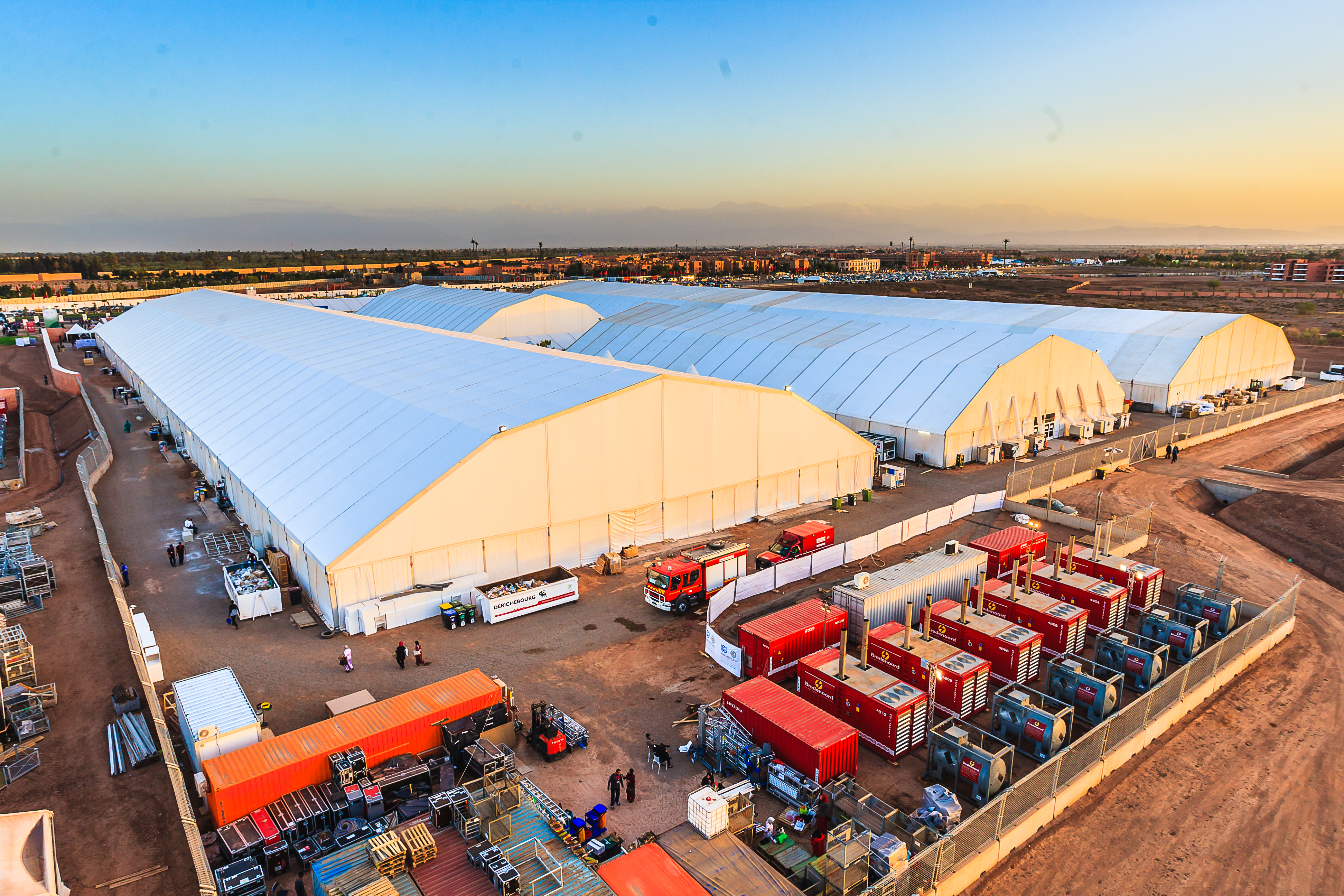
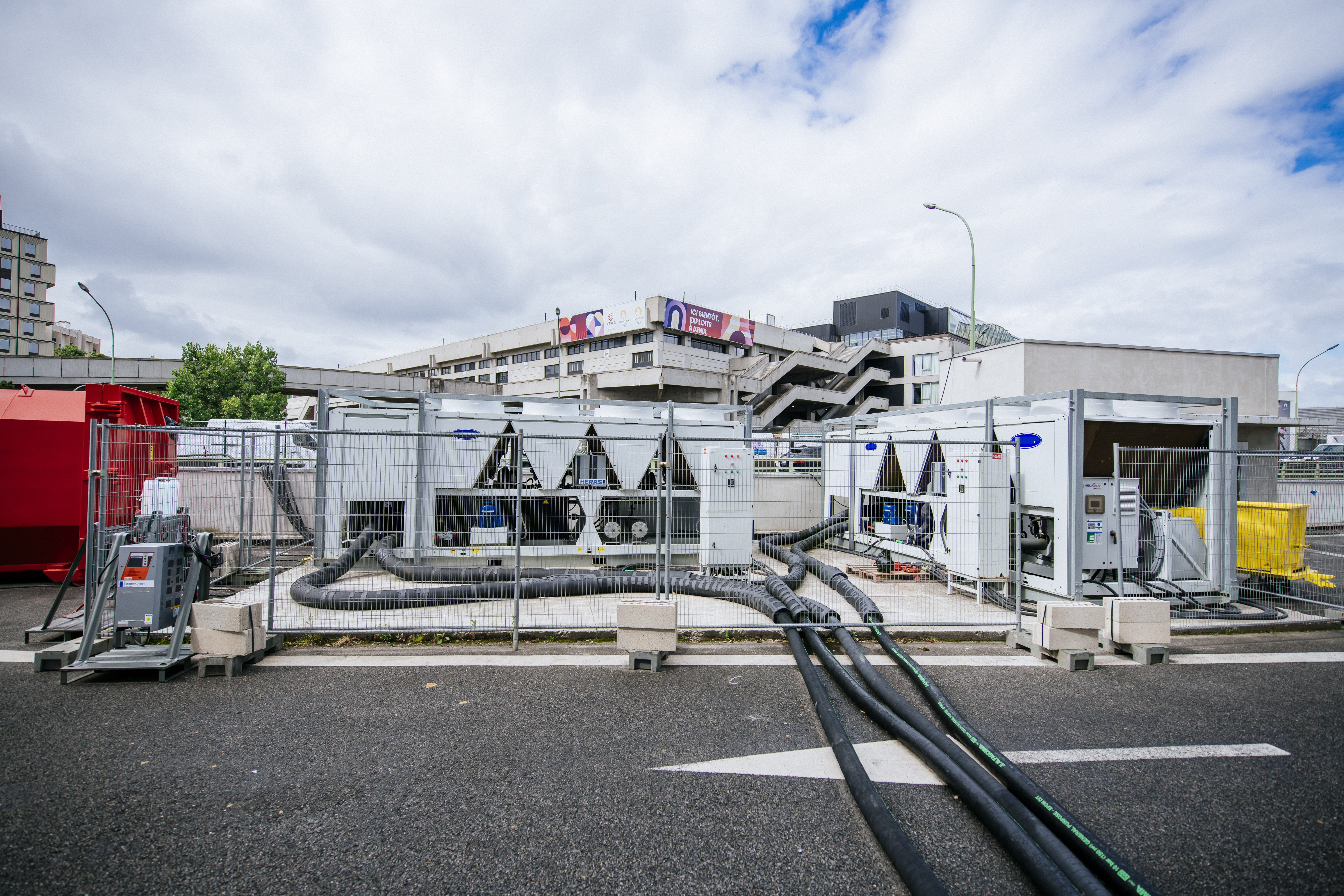
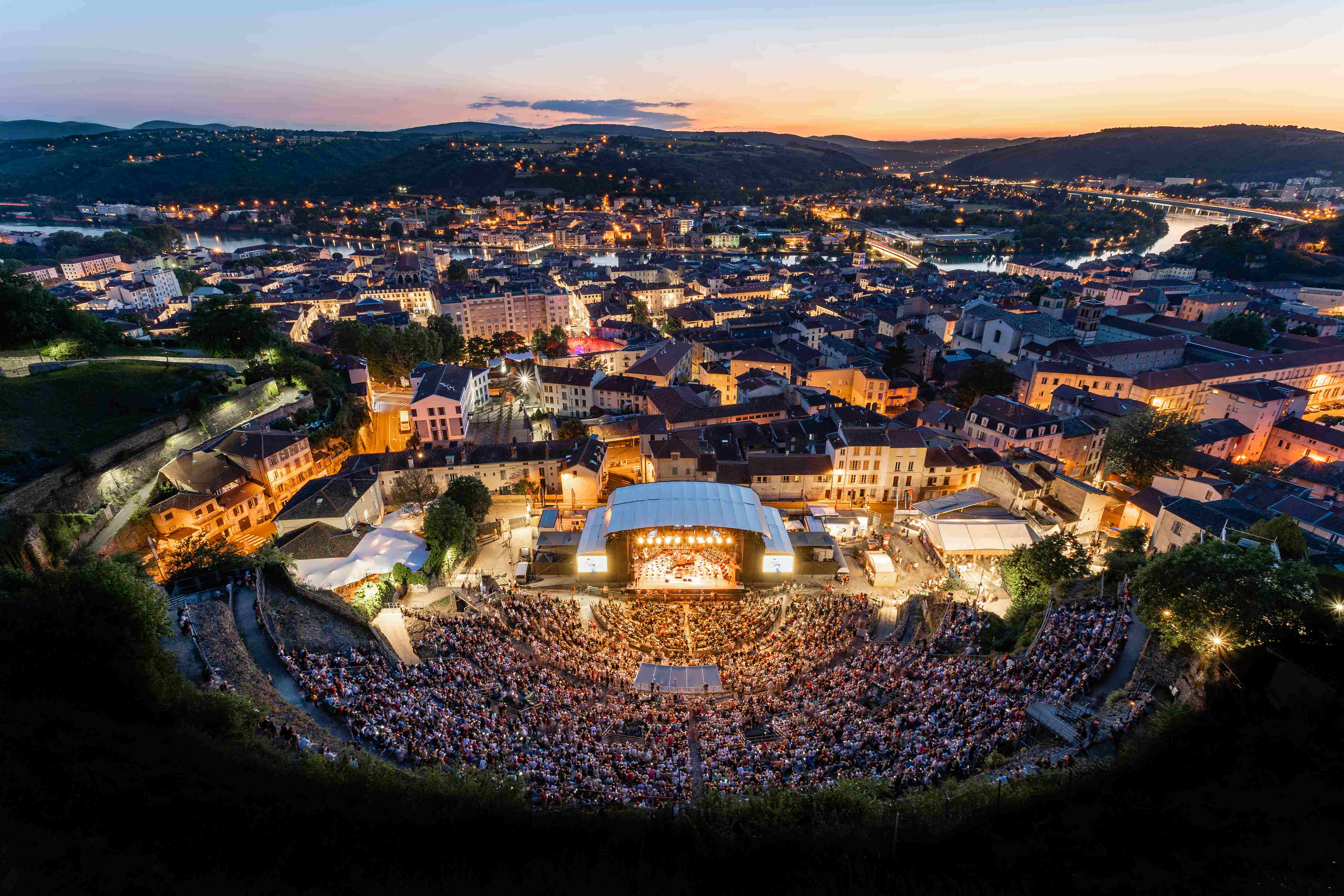
Coordination with network operators such as Enedis for distribution and RTE for high-voltage power transmission is essential to ensure electricity is available under the best possible conditions. The emergence of new power trends, such as hybrid generators combining gas and electricity, also provides more flexible alternatives to meet specific needs while contributing to improved power efficiency.
Calculating overall power consumption
The first key to optimizing an event’s electrical distribution is an accurate calculation of total power consumption. This analysis must take into account all equipment connected to the network: lighting, sound systems, LED screens, security systems, catering areas, and logistical installations. Each electrical device has a rated power expressed in kilowatts (kW), which must be recorded. By adding up the requirements of all equipment, it becomes possible to determine the total power needed to ensure continuous supply without risking overload of the electrical network.
Anticipating power demand peaks
During an event, power consumption is not constant; it varies depending on the schedule, programming, and audience attendance. Anticipating these peaks in power demand is a key factor in securing the distribution and preventing incidents on the power network. For example, the simultaneous activation of stages, increased load from installations, or cooling demands can put significant pressure on the system. This dynamic requires the implementation of regulation and redundancy systems to prevent overloads and outages.
The use of real-time monitoring systems, combined with an efficient electricity transport strategy via Enedis and RTE networks, makes it possible to adjust power supply as closely as possible to actual needs. In a context where the power market is constantly evolving and where budget constraints weigh on every project, anticipating consumption fluctuations has become a strategic necessity.
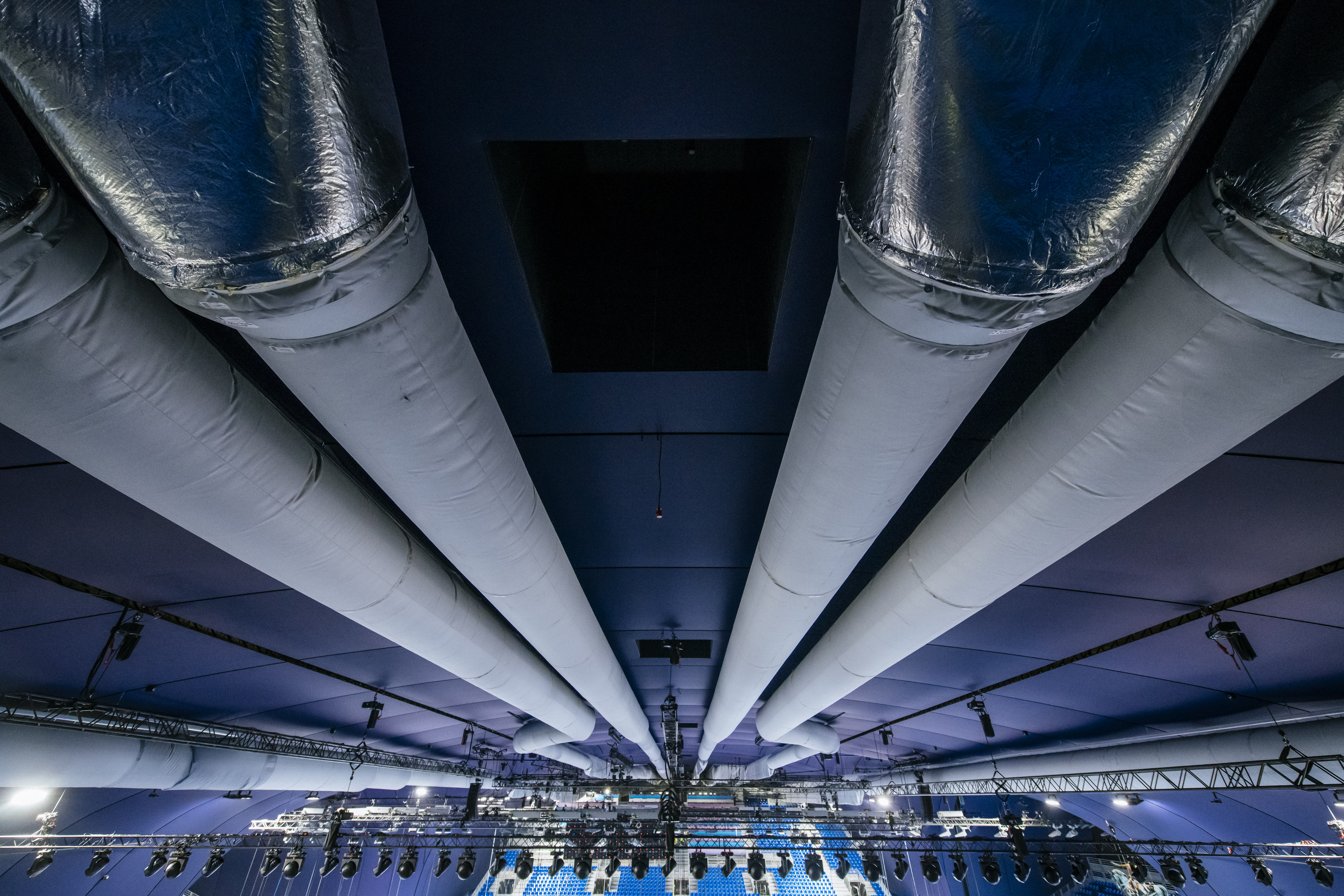
Risks associated with poor power management
Poor power management can lead to power outages, electrical network overloads, and jeopardize the safety of the event. This directly impacts the participant experience and may result in high costs linked to the TURPE, network usage (Enedis, RTE), or contractual penalties. An improper sizing of power generation or distribution also increases the financial burden in an already strained power market. Lastly, ignoring new trends and obligations in power transport harms the event’s reputation and regulatory compliance.
Power failures and service interruptions
Faulty electrical distribution can cause unexpected power failures, disabling critical systems such as lighting, sound, and audiovisual equipment. These interruptions affect the continuity of the event and generate extra costs related to emergency power restoration. GL events Audiovisual & Power deploys solutions with dual power supply, backup generators, and automatic transfer switches.
Impacts on participant safety and comfort
Power outages directly impact on-site safety by disabling emergency lighting systems, compromising alert mechanisms, and disrupting video surveillance operations. Participant comfort is also affected, with issues such as loss of air conditioning, food service interruptions, and restricted access to digital services. These shortcomings can severely damage the event’s reputation in a market that is increasingly sensitive to quality standards and power performance.
Solutions for effective electrical distribution
To ensure a reliable power supply during an event, it is essential to optimize the electrical distribution from the design phase. This involves accurately sizing power needs, carefully selecting equipment, and actively managing the electrical network throughout the event.
Partnering with market operators such as Enedis for distribution and RTE for electricity transmission ensures secure and compliant grid connection. Integrating innovative solutions such as smart grids or decentralized power production also helps reduce the risk of outages and control costs, while aligning with emerging power trends.

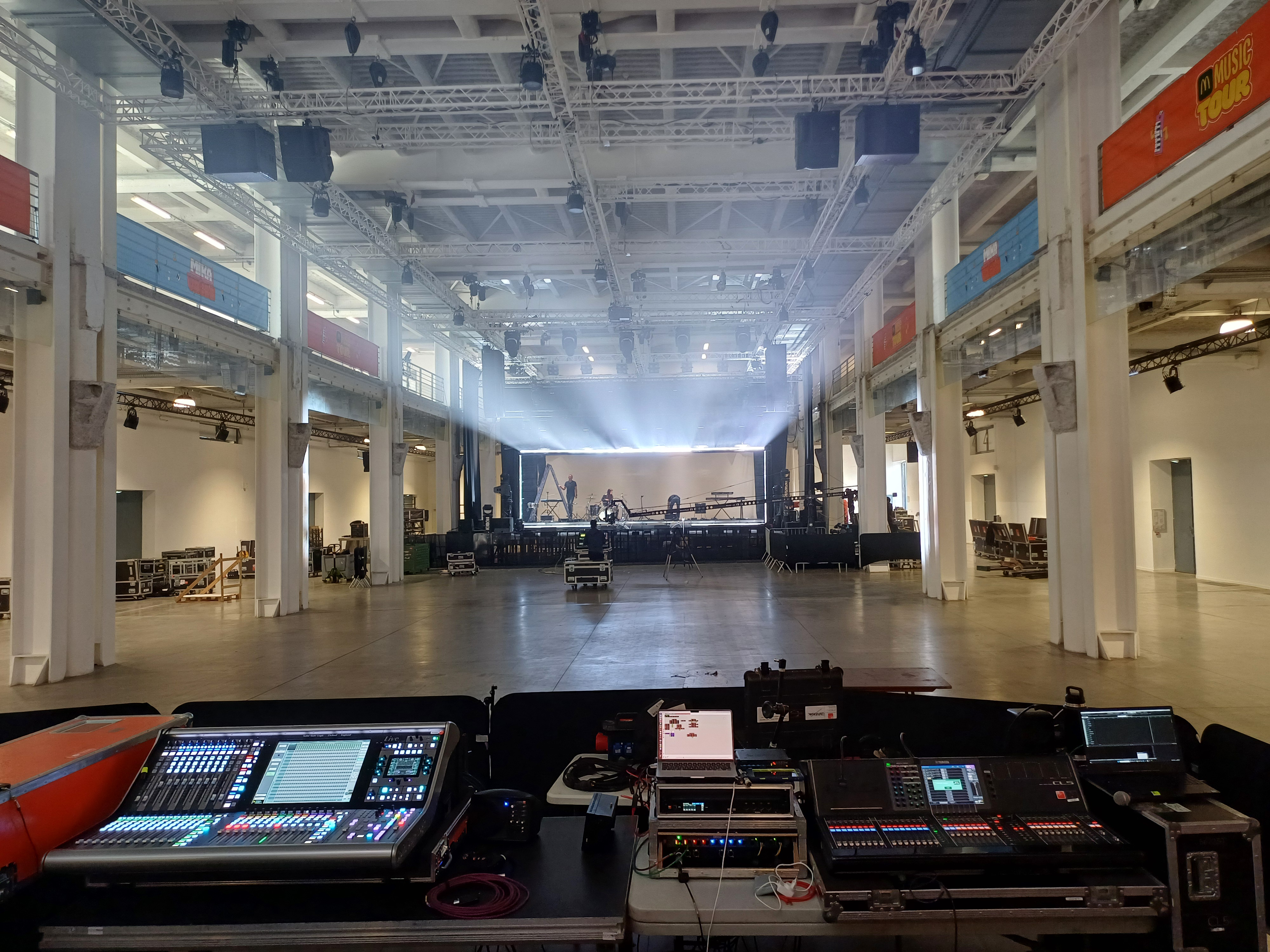
Planning and designing an adapted electrical network
The success of an electrical distribution system relies on careful network planning. Each event must undergo a customized assessment, including site analysis, evaluation of power consumption, and identification of technical constraints.
Assessment of existing infrastructure
Before any installation, it is essential to analyze the existing electrical infrastructure on site. This helps identify network connection points, verify the current distribution capacity, and anticipate any necessary adaptations.
Implementation of a modular distribution layout
A modular distribution layout offers greater flexibility to adjust the power supply to the evolving needs of the event. It allows the electrical network to be segmented into autonomous zones, thereby reducing the risk of widespread outages. This approach also supports better control over the power market by optimizing local power production and integrating new power trends to increase resilience.
Choosing equipment and advanced technologies
Selecting suitable equipment is essential to securing the electrical distribution of an event. Transformers, distribution cabinets, cables, and generators must be sized according to the actual needs of the network and the installations. The use of innovative solutions, such as power monitoring systems or smart grids, makes it possible to track electricity consumption in real time and anticipate risks. Integrating high-performance equipment also helps optimize the use of Enedis and RTE networks while reducing euro-based costs related to power transport.
Use of generators and renewable power sources
Integrating high-performance generators and renewable power sources improves the reliability of electrical distribution while reducing the event’s carbon footprint. Combining conventional electricity production with gas- or solar-based solutions allows for more diversified power supply and better control of access costs to Enedis and RTE networks.
Integration of management and monitoring systems
Through our power supervision systems, we provide real-time monitoring of consumption, fault alerts, and predictive maintenance. These tools are essential for optimizing power efficiency and preventing malfunctions.
GL events Audiovisual & Power brings you its expertise in event electrical engineering, its renewed equipment fleet, and its extensive logistical presence in France and internationally. Each project is managed from end to end: design, installation, testing, supervision, and dismantling with a single point of contact to ensure the success of your event.
